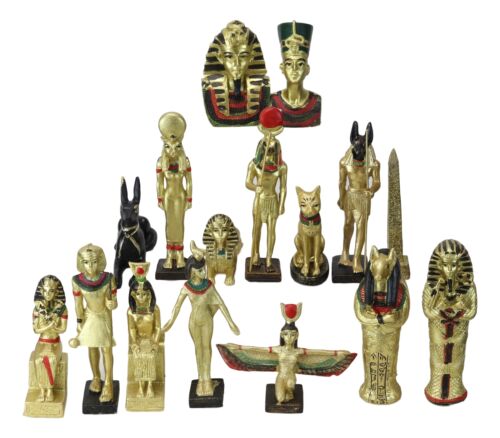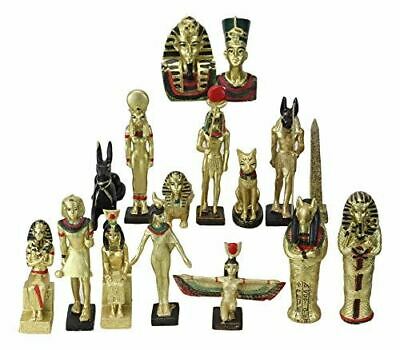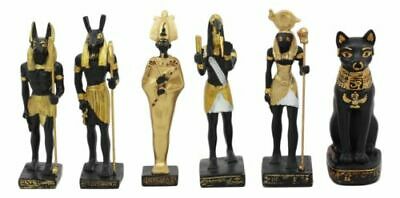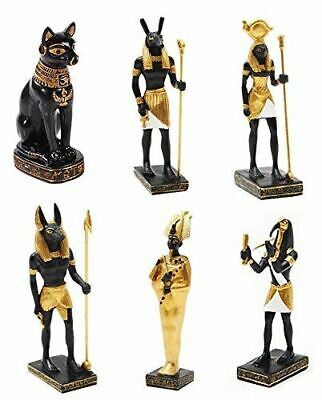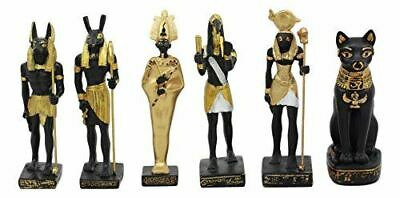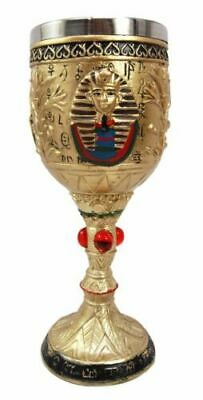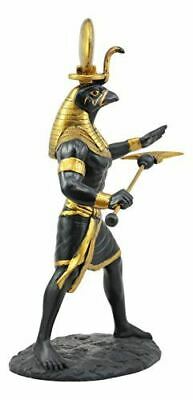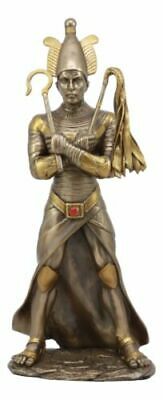-40%
Pharaonic Egyptian Scarab Jewelry Box (4" x 3" x 3")
$ 14.77
- Description
- Size Guide
Description
Scarabs were popular amulets and impression seals in ancient Egypt. They survive in large numbers and, through their inscriptions and typology, they are an important source of information for archaeologists and historians of the ancient world. They also represent a significant body of ancient art.For reasons that are not clear (although no doubt connected to the religious significance of the Egyptian god Khepri), amulets in the form of scarab beetles had become enormously popular in Ancient Egypt by the early Middle Kingdom (approx. 2000 BCE) and remained popular for the rest of the pharaonic period and beyond. During that long period, the function of scarabs repeatedly changed. Primarily amulets, they were also inscribed for use as personal or administrative seals or were incorporated into jewelry. Some scarabs were apparently created for political or diplomatic purposes to commemorate or advertise royal achievements. By the early New Kingdom, heart scarabs had become part of the battery of amulets protecting mummies.
From the middle Bronze Age, other ancient peoples of the Mediterranean and the Middle East imported scarabs from Egypt and also produced scarabs in Egyptian or local styles, especially in the Levant.
Scarabs were produced in vast numbers for many centuries and many thousands have survived. They were generally intended to be worn or carried by the living. They were typically carved or molded in the form of a scarab beetle (usually identified as Scarabaeus sacer) with varying degrees of naturalism but usually at least indicating the head, wing case, and legs but with a flat base. The base was usually inscribed with designs or hieroglyphs to form an impression seal. Scarabs were usually drilled from end to end to allow them to be strung on a thread or incorporated into a swivel ring. The common length for standard scarabs is between 6 mm and 40 mm and most are between 10 mm and 20 mm. Larger scarabs were made from time to time for particular purposes (such as the commemorative scarabs of Amenhotep III). Heart scarabs (typically 50 mm to 90 mm long, made of dark hardstone and not pierced for suspension) were made for a specific funerary purpose and should be considered separately.
Scarabs were generally either carved from stone or molded from Egyptian faience. Once carved, they would typically be glazed blue or green and then fired. The most common stone used for scarabs was a form of steatite, a soft stone that becomes hard when fired (forming enstatite). Hardstone scarabs were also made and the stones most commonly used were green jasper, amethyst, and carnelian.
While the majority of scarabs would originally have been green or blue the colored glazes used have often either become discolored or have been lost, leaving most steatite scarabs appearing white or brown. Scarabs were often of very light color.












